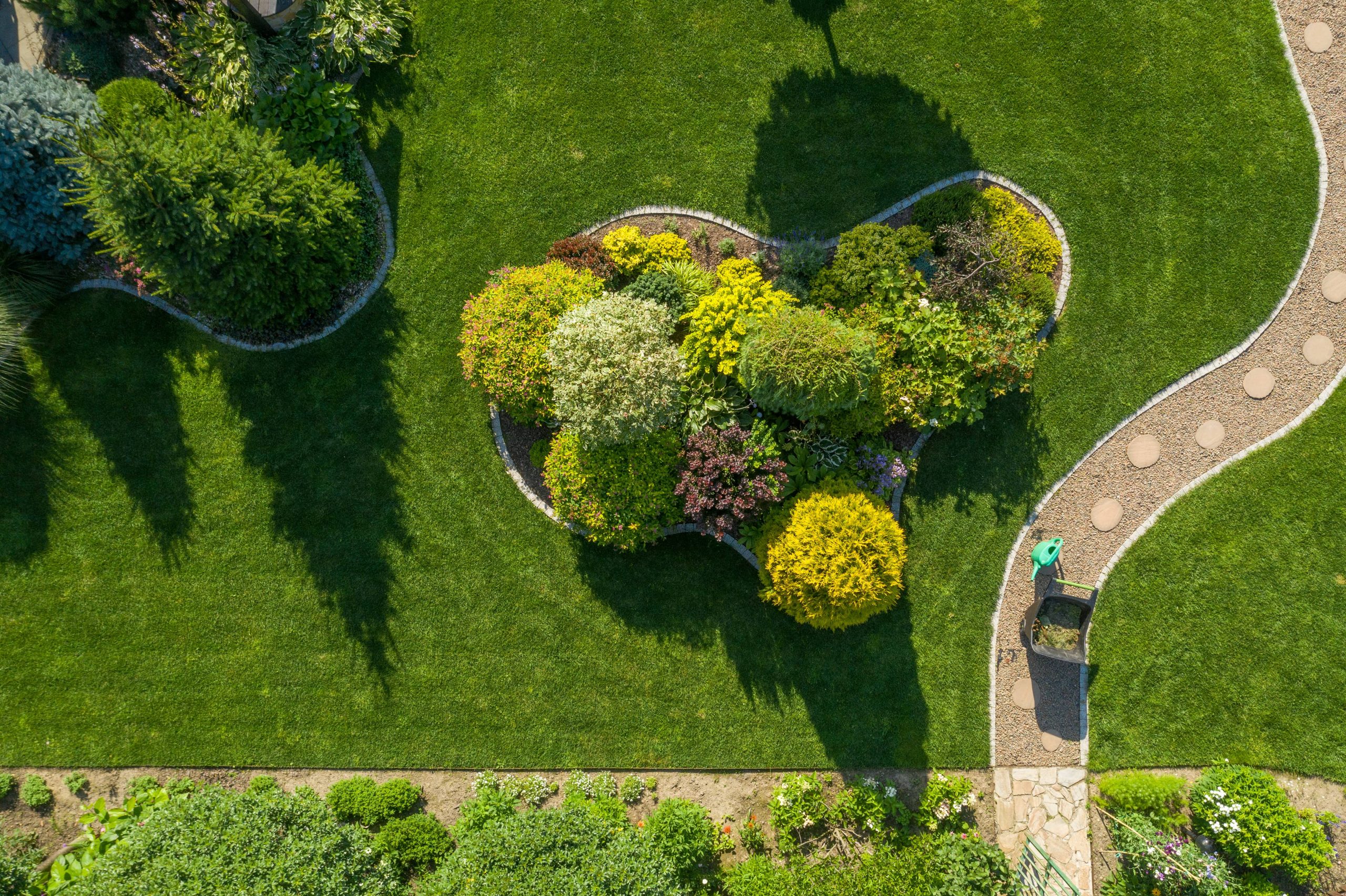
Container gardening is a versatile and accessible form of gardening that allows anyone, regardless of space or experience, to enjoy the joys of growing plants. Whether you have a small balcony in the city or a vast backyard, container gardening is a fantastic way to bring greenery into your life. If you’re new to this form of gardening or looking to sharpen your skills, here are some tips to ensure your container gardening success.
Choose the Right Container
One of the first steps to successful container gardening is choosing the right container. The size and material of your container can greatly affect plant growth.
1. Size Matters: Ensure your container is large enough for the plants you wish to grow. Larger containers hold more soil, which retains moisture better and provides more space for root growth. Smaller containers can dry out quickly, requiring more frequent watering.
2. Material Considerations: Containers come in various materials, such as plastic, terracotta, metal, and wood. Each has its pros and cons. Terracotta pots are porous and allow for good air circulation but can dry out quickly. Plastic containers retain moisture better and are lightweight, but may not provide as much breathability.
3. Drainage is Key: Whatever container you choose, it must have adequate drainage holes. Excess water must be able to escape to prevent waterlogged roots and root rot.
Pick the Right Potting Mix
Not all soils are suitable for container gardening. It’s important to use a high-quality potting mix rather than garden soil, as potting mixes are specifically designed to provide the necessary aeration and drainage for potted plants.
1. Opt for Soilless Mixes: Many potting mixes are soilless and contain components like peat moss, vermiculite, and perlite, which help retain moisture while allowing for good drainage and air circulation.
2. Nutrient-Rich Amendments: Some potting mixes come with added nutrients, or you can mix in slow-release fertilizers. Remember, container plants rely entirely on the soil in their pots for nutrients, making fertilization crucial.
3. Consider Organic Options: For those interested in organic gardening, look for potting mixes labeled as “organic” to ensure they align with your gardening practices.
Select the Right Plants
Choosing suitable plants for your environment and conditions is fundamental. Here are a few considerations:
1. Understand Sun Requirements: Match your plant selections with the light conditions of your space. Some plants thrive in full sunlight, while others prefer partial shade. Check the plant labels for sun exposure needs.
2. Check Climate Suitability: Consider your climate and growing season. Select varieties that can handle the local weather, or choose plants that will thrive inside if you’re container gardening indoors.
3. Mix and Match Wisely: When combining plants in one container, ensure they have similar growing requirements in terms of light, water, and nutriment. For example, succulents with other drought-tolerant plants make a great pair due to their similar needs.
Water Wisely
Watering can be one of the trickiest aspects of container gardening. Containers dry out faster than garden beds, and different plants have varied water needs.
1. Consistent Watering Schedule: Establish a regular watering routine. During hot weather, this may mean watering once or even twice a day, while cooler temperatures might require less frequent watering.
2. Use Self-Watering Pots: If you travel often or find it hard to manage your watering schedule, consider self-watering containers that provide a steady supply of water via a reservoir.
3. Avoid Overwatering: Ensure the top inch (2.5 cm) of the soil is dry before watering again to prevent over-saturating your plants. This can lead to root rot and other issues.
Fertilize Regularly
As plants grow, they absorb nutrients from their soil. In a container, these nutrients must be replenished more frequently than in traditional garden beds.
1. Follow a Fertilization Routine: Use liquid fertilizers every few weeks during the growing season to supply your plants with necessary nutrients. Follow the instructions specific to the plant type and fertilizer.
2. Choose the Right Fertilizer: Opt for a balanced fertilizer that provides an even ratio of nitrogen (N), phosphorus (P), and potassium (K), unless your specific plants have tailored requirements.
3. Consider Organic Options: For a more natural approach, use organic fertilizers like compost tea or fish emulsion.
Manage Pests and Diseases
Container plants can fall prey to pests and diseases, just like their counterparts in the ground. Regularly inspect plants for signs of trouble and take action swiftly.
1. Regular Inspections: Frequently check leaves and stems for pests like aphids, spider mites, or whiteflies. Use organic insecticidal soap or neem oil for treatment if necessary.
2. Ensure Air Circulation: Maintain space between containers for good air flow, which can help deter fungal diseases.
3. Consider Companion Planting: Certain plant combinations can naturally deter pests. For example, planting marigolds alongside vegetables can help combat nematodes.
Rotate and Refresh
To keep your container garden vibrant and productive, consider rotating seasonal plants or refreshing your potting mix regularly.
1. Seasonal Rotation: Change plants out seasonally for year-round interest. For instance, spring bulbs can be replaced with summer annuals, followed by fall crops.
2. Refresh Soil Annually: Over time, soil in containers can become compacted and depleted of nutrients. Refresh the potting mix yearly to keep it loose and fertile.
3. Transplant as Needed: If your plants outgrow their containers, moving them to larger pots will promote continued healthy growth.
Container gardening is an enriching and enjoyable way to cultivate plant life, whether you’re aiming for a vibrant balcony display or a lush indoor jungle. By following these tips on choosing the right containers, soil, plants, and maintaining a proper care routine, you can achieve a thriving container garden that brings beauty, flavor, and joy to your living space. Happy gardening!







